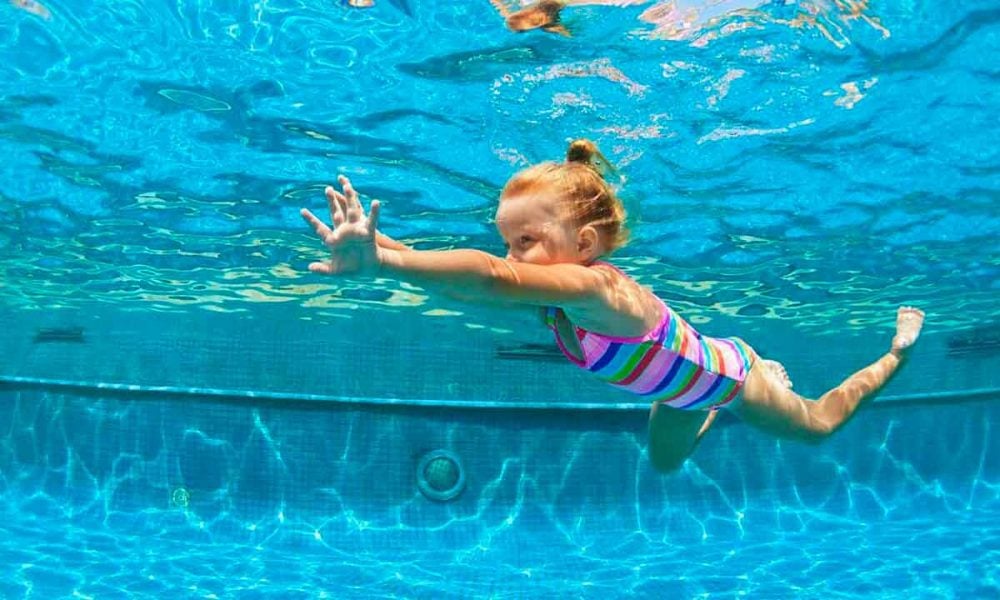Ah, summertime—the season of vacations, sunscreen, and the perpetual challenge of keeping restless kids entertained. But before you eagerly take the plunge into the inviting waters one of your favorite public pools it’s crucial to uncover the unspoken truths that lie beneath the surface.
Public pools have long held a notorious reputation for harboring more than just playful splashes. For those who pride themselves on their germophobia, the common belief of “ignorance is bliss” simply doesn’t apply in the realm of scientific facts. Brace yourself, for the revelations to come are more cringe-worthy than fiction itself. Prepare to dive deep into a world where truth prevails and surprises lurk around every corner.
Just How Dirty Are Public Pools?
Let’s dive straight into the facts:
One in Five People Admit to Peeing in the Pool

According to a 2019 survey conducted by the Water Quality & Health Council (WQHC), a staggering 40% of Americans confessed to having relieved themselves while swimming in a pool, and yes, that includes adults. However, the issue extends beyond the realm of mere grossness. Officials warn that when urine mixes with chlorine, it depletes the germ-fighting properties of the chemical, leaving the water more vulnerable to other bacteria.
In an equally unpleasant revelation, the survey discovered that 24% of Americans admitted to swimming in a public pool within one hour of experiencing diarrhea. Need we say more?
More Than Half of People Use the Pool as a Communal Bathtub
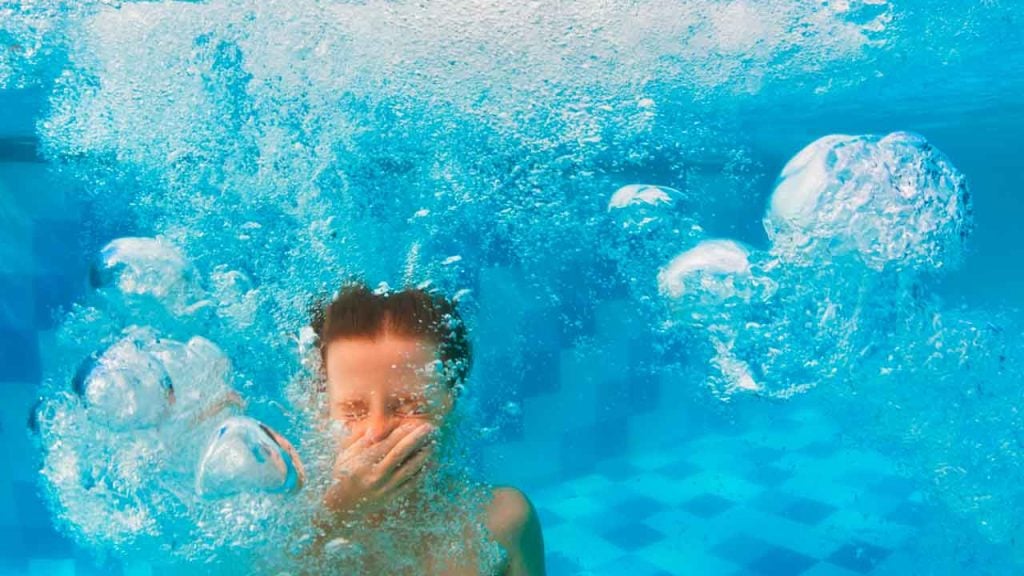
If urination alone didn’t contribute enough unnecessary germs to the pool water, most Americans confessed to skipping a shower before taking a dip. Some even confessed to using the pool as a means to “rinse off” after yard work or exercise.
In a revealing 2012 report by the Water Quality and Health Council, an alarming statistic emerged: nearly 70 percent of individuals neglect to shower before immersing themselves in the pool, thereby contributing to the proliferation of germs within the water.
Chlorine Isn’t the Culprit Behind Red Eyes
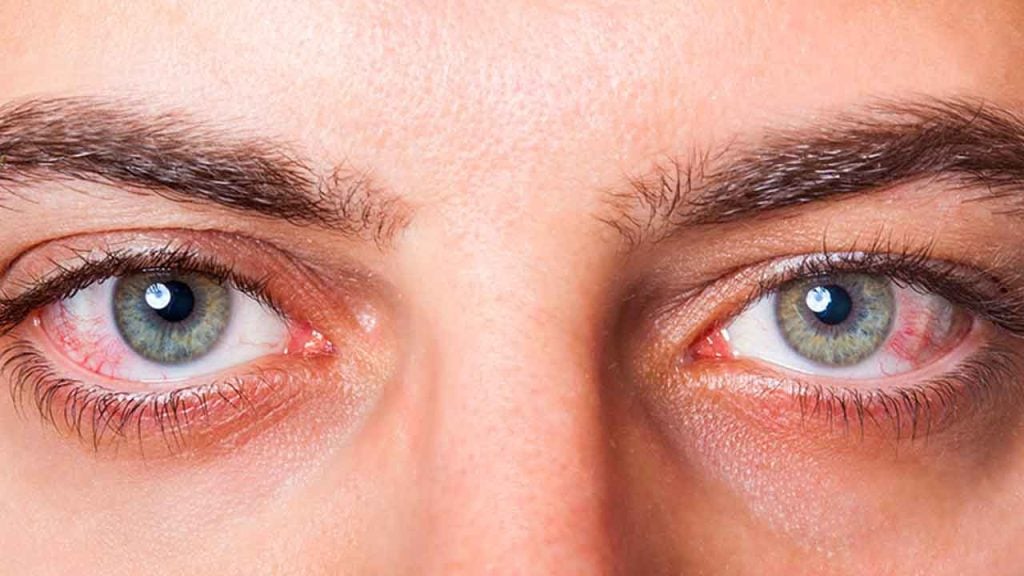
If you’ve been blaming chlorine for the stinging sensation in your eyes, think again. The Centers for Disease Control (CDC) reveals that the true culprits are the various substances found in the water, including urine, fecal matter, sweat, dirt, skin cells, and personal care products like deodorant, makeup, and lotion. When chlorine reacts with these substances, it creates “chloramines,” which are responsible for those bloodshot eyes.
Furthermore, the strong smell of chlorine around a pool is not an indication of cleanliness; rather, it suggests the presence of chloramines. So, paradoxically, the less you smell, the cleaner the water.
Only 21% Regularly Test Pool Water
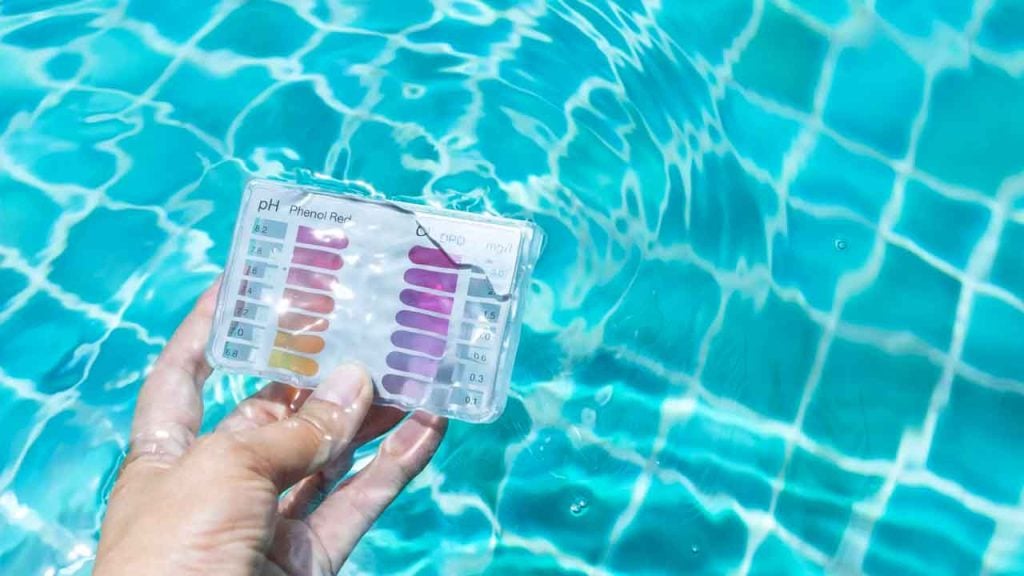
While you most will routinely check the chlorine levels in their own private pool at home, only one in five people claim to regularly check chlorine levels and pH in public pools.
There’s Probably Poop In The Water
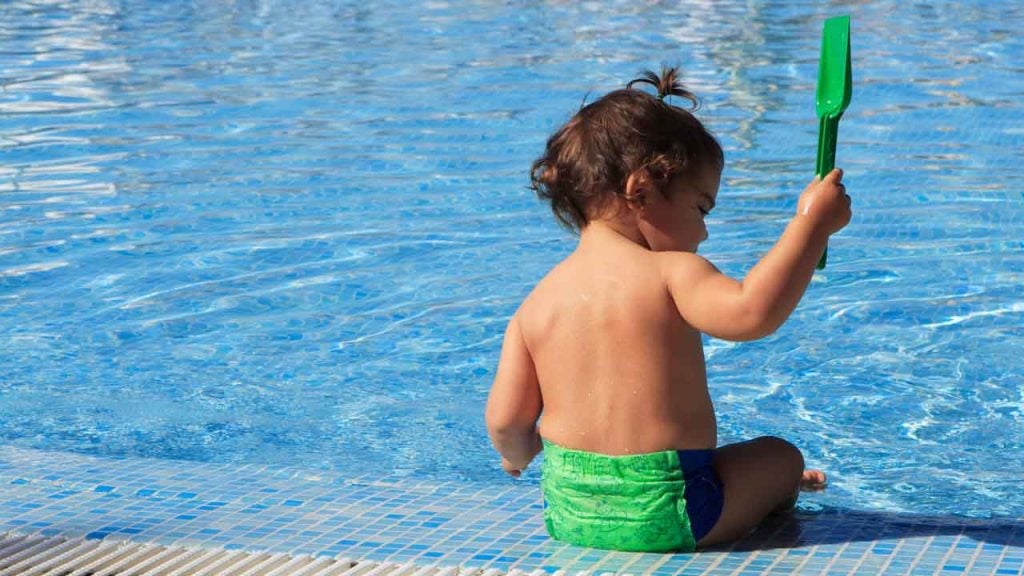
In a recent eye-opening report, the Centers for Disease Control and Prevention (CDC) revealed a distressing reality: a staggering 1 in 8 public pools, hot tubs, and water playgrounds were forced to shut down due to severe health and safety violations. These violations included the presence of excessively dirty water that posed significant risks to swimmers.
The primary culprit behind such contamination? Fecal matter. Alarming as it may sound, the report highlights that fecal matter is often introduced into the water through children or individuals who swim despite suffering from diarrhea.
According to the CDC report, contamination can occur through direct release of formed or diarrheal feces. Shockingly, even the innocent act of water contact can lead to up to 10 grams of fecal material rinsing off a young child’s perianal surface and finding its way into the pool water.
The authors of the report also emphasize a crucial fact: swim diapers, though widely used and believed to offer protection, do not provide foolproof prevention against feces, urine, or infectious pathogens from entering and contaminating the water.
Chlorine Doesn’t Kill All Germs

In the ongoing quest to maintain clean and safe pool water, chlorine stands as a trusted ally, capable of eradicating harmful germs that may lead to illness if consumed. However, it’s important to recognize that chlorine’s germ-fighting abilities require time to take effect.
This potent chemical has the power to eliminate the majority of germs within a matter of minutes. Nevertheless, there are certain stubborn culprits, such as Cryptosporidium, fondly known as “Crypto,” which can persist in properly treated pool water for several days.
Crypto, a microscopic parasite, poses a unique challenge due to its ability to form a protective outer shell, making it resilient to chlorine’s immediate effects. While chlorine plays a vital role in neutralizing various pathogens, Crypto’s endurance highlights the importance of comprehensive pool maintenance protocols beyond solely relying on chlorine as a disinfectant.
How to Protect Yourself at Public Pools
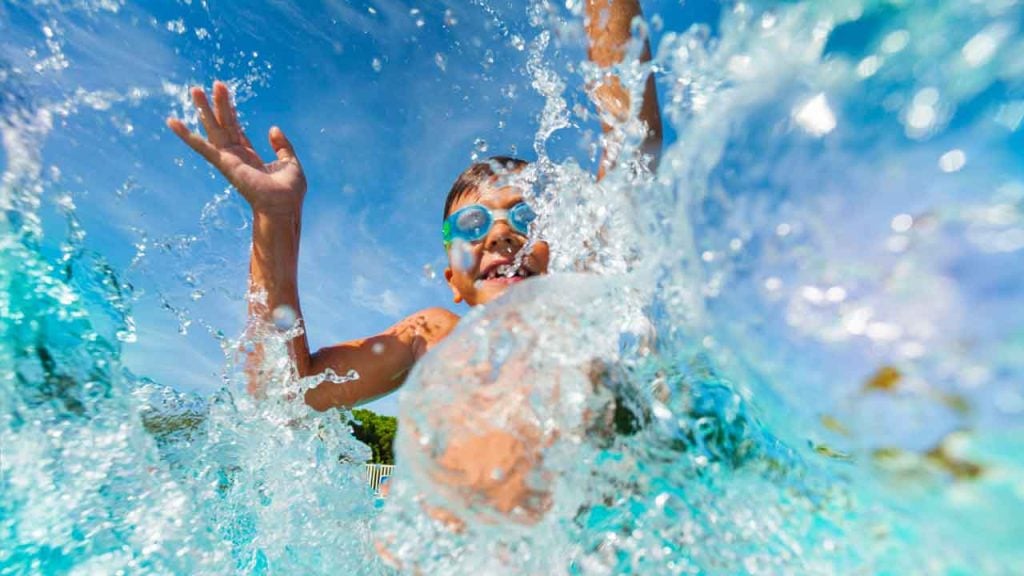
Armed with these unsettling facts, it’s crucial to approach public pools with caution and take proactive measures to protect your health and well-being. Here are some tips to ensure a safer swimming experience:
- Practice Good Personal Hygiene: Always shower thoroughly with soap and water before entering the pool to minimize the introduction of contaminants.
- Don’t Contribute to the Problem: Avoid swimming if you or your children are suffering from gastrointestinal illnesses, and encourage proper bathroom usage.
- Be Informed: Check for up-to-date inspection reports of public pools and inquire about water quality testing protocols implemented by the facility.
- Protect Yourself: Consider using waterproof bandages or swim diapers for young children to minimize the risk of accidents and fecal contamination.
- Take Responsibility: If you witness unsanitary conditions or suspect inadequate pool maintenance, notify pool staff or local health authorities to address the issue promptly.
While public pools can offer an enjoyable summer respite, it’s vital to be aware of the potential risks they pose. By staying informed and exercising caution, you can make smart decisions about your swimming activities and take steps to mitigate the risks.
Remember, the cleanliness and safety of public pools are a shared responsibility. Pool operators must prioritize regular maintenance, thorough water testing, and enforcement of hygiene protocols to ensure a healthier swimming environment. However, as a swimmer, you also play a vital role in safeguarding your well-being. By adopting good personal hygiene practices, such as showering before entering the pool and refraining from swimming while ill, you can minimize the introduction of contaminants into the water which will contribute to a safer swimming experience for everyone.
The post The Dirty Truth About Public Pools appeared first on PoolMagazine.com – Get The Latest Pool News.

